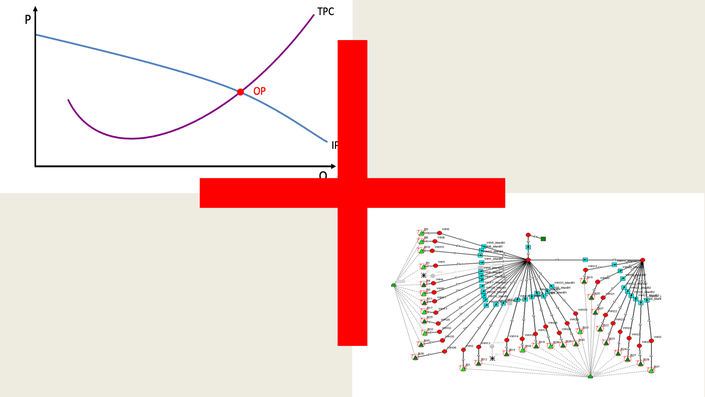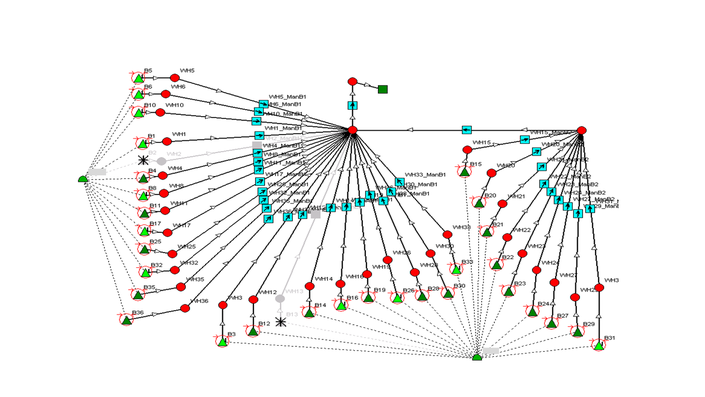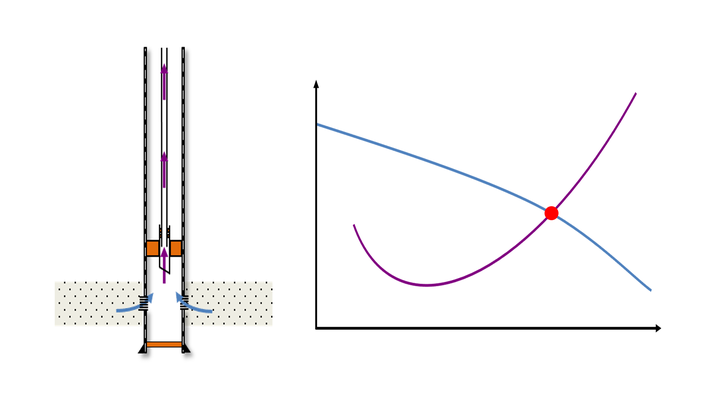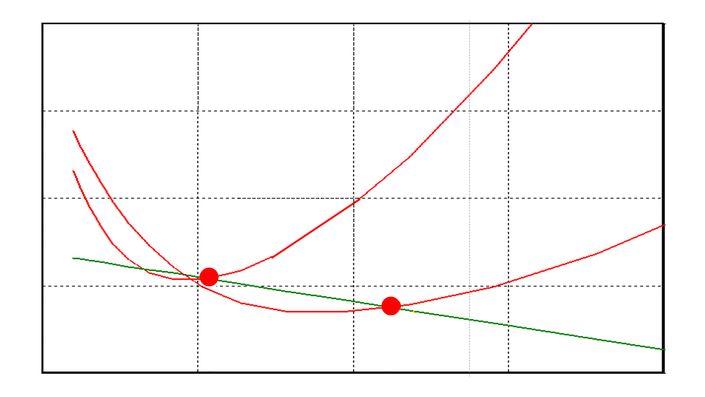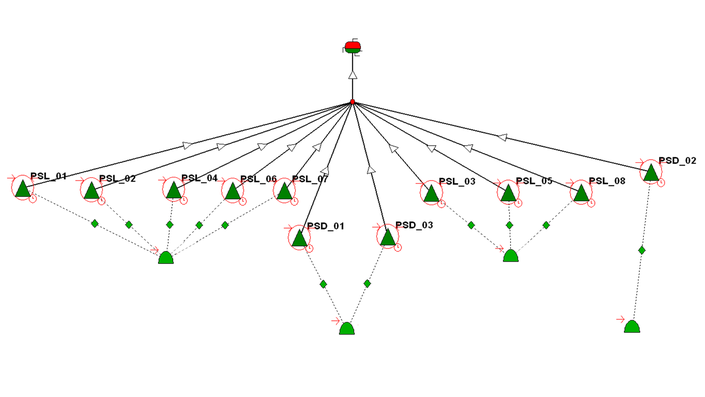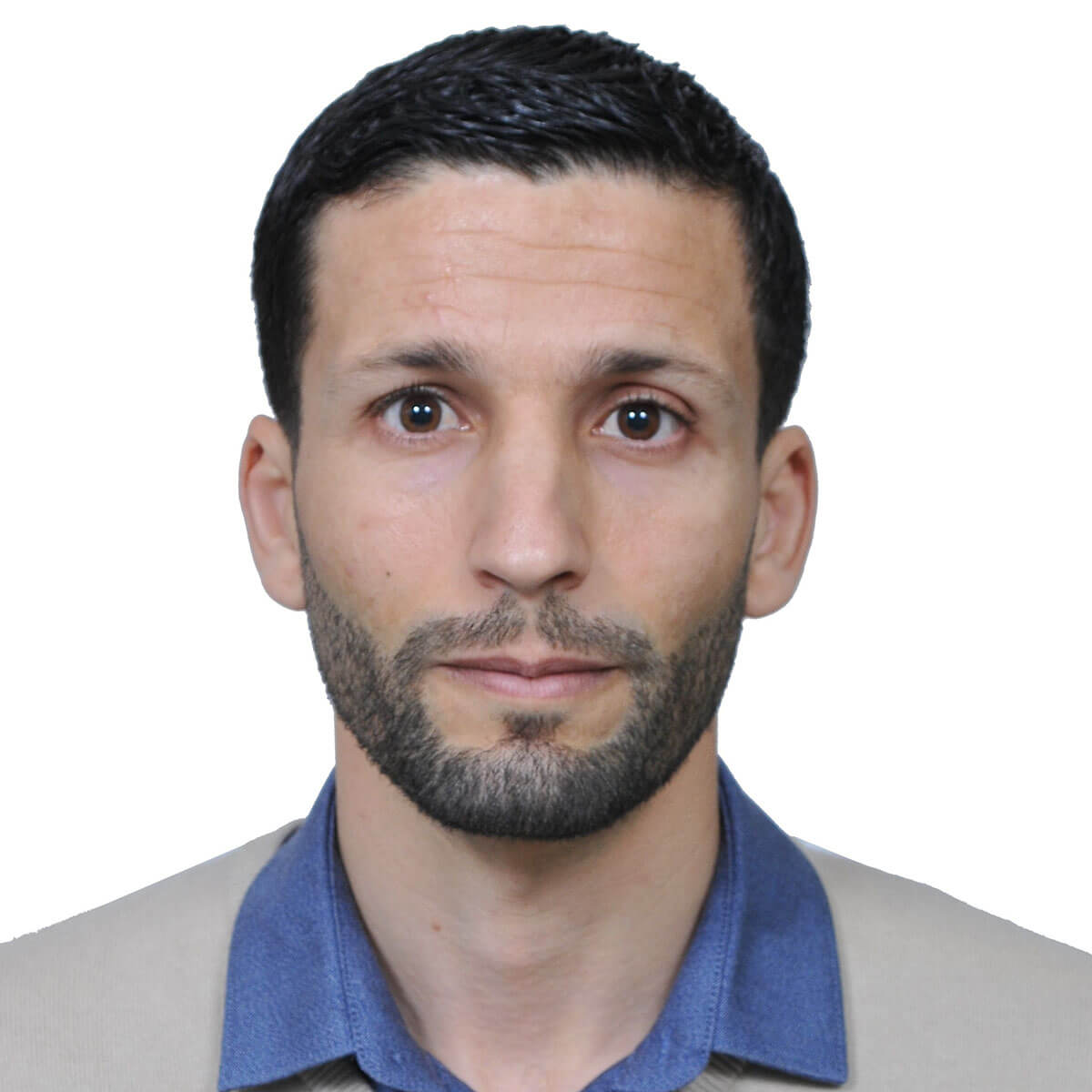In my 20+ year career in the Oil and Gas industry, working primarily as a Stimulation Engineer, I have sporadically used Nodal Analysis software to evaluate well performance, especially after the wells have been hydraulically fractured or acid stimulated. However, now making a transition to a more traditional position of Production Engineer, I require a deeper knowledge of the design and optimization of different Artificial Lift Systems (ALS) during the life of a well, such as Gas Lift, Sucker Rod Pumping (SRP) or Electric Submersible Pumps (ESP’s). The Production Optimization course (Part 1) offered by Stuart helps me with this goal because, starting with the basic theory of Nodal Analysis, it gradually builds on those fundamentals, then covering more practical aspects such as model matching and model sensitivities. The final part of the course, where actual cases of application of these concepts are presented, captures the big picture of the methodology presented by including real examples of optimization of the most common Artificial Lift Systems.
I would like to highlight some specific aspects of the course. First of all, I find the structure and organization of the course suitable. The video lectures are well structured and the material is presented in a logical and easy to follow manner. Many diagrams, graphs, and animated sketches are included to illustrate the impact of different reservoir and well variables on production. Secondly, the instructor, Stuart, not only has extensive theoretical knowledge on the subject of Production Optimization, but also real field experience. He has a remarkable ability to explain complex topics clearly and concisely, using practical examples. And third, the course materials are comprehensive and well selected.
I recommend the Production Optimization (Part 1) course. (To date, I have not been involved with Networks so there was no reason for me to do Part 2.) It has given me a solid foundation in Nodal Analysis, allowing me to evaluate well performance, forecast production, and troubleshoot production issues. In particular, for a Petroleum Engineer transitioning to a Production Engineering position, as in my case, this course is a worthwhile investment for future career development.



